Efficient Appliance Selection
When aiming to implement energy-conscious appliance practices, the selection of energy-efficient appliances plays a pivotal role in reducing energy consumption and lowering utility bills. By understanding energy labels and recognizing the significance of Energy Star-rated products, you can make informed decisions that benefit both the environment and your wallet.
Understanding Energy Labels
Energy labels provide valuable information on the energy efficiency of appliances, allowing consumers to compare the energy consumption of different models. These labels typically include details on energy usage, estimated annual operating costs, and efficiency ratings. By familiarizing yourself with energy labels, you can identify appliances that are designed to operate more efficiently, ultimately leading to cost savings and reduced environmental impact.
| Label Information | Description |
|---|---|
| Energy Usage | Indicates the amount of energy the appliance consumes. |
| Annual Operating Costs | Estimates the cost of operating the appliance on an annual basis. |
| Efficiency Rating | Rates the appliance’s energy efficiency level, often using a scale from A+++ to G. |
Understanding these key elements can assist you in selecting appliances that align with your energy-saving goals and budget requirements.
The Impact of Energy Star
The Energy Star program, a voluntary government-backed initiative in the USA, plays a crucial role in promoting energy efficiency across various products, homes, and buildings. Energy Star-rated appliances are recognized for their superior energy performance, helping households significantly reduce energy consumption and greenhouse gas emissions.
By opting for Energy Star-certified appliances, you can benefit from innovative technologies such as advanced insulation and smart sensors, which contribute to overall energy efficiency and cost savings. These appliances not only help lower your utility bills but also contribute to environmental conservation efforts by reducing carbon emissions.
Choosing energy-efficient appliances with high Energy Star ratings can lead to substantial savings in both energy usage and expenses. According to Veolia – Lohud, households can potentially cut average monthly utility bills by up to 30% by switching to energy-efficient appliances. This long-term investment offers not only financial benefits but also contributes to a more sustainable and eco-friendly lifestyle.
By considering the information provided on energy labels and prioritizing Energy Star-rated appliances, you can revolutionize your home with energy-conscious practices that benefit both your household and the environment. Making informed choices when selecting appliances can lead to significant energy savings and a more sustainable lifestyle in the long run.
Practical Energy-Saving Tips
To create a more energy-conscious household and reduce utility bills, implementing energy-saving techniques can make a significant impact. By focusing on heating and cooling efficiency, water consumption, and lighting practices, you can optimize your appliance usage while contributing to a greener lifestyle.
Heating and Cooling Efficiency
Heating and cooling systems are among the largest energy consumers in most homes. Implementing energy-saving practices in this area can lead to substantial savings and a reduced environmental impact. To enhance heating and cooling efficiency:
- Maintain Regular Maintenance: Ensure that your HVAC system receives regular maintenance to operate efficiently.
- Upgrade to Energy-Efficient Models: Consider investing in energy-efficient heating and cooling appliances that are Energy Star certified.
- Optimize Thermostat Settings: Adjust your thermostat settings to save energy when you are away from home or asleep.
- Utilize Programmable Thermostats: Use programmable thermostats to customize heating and cooling based on your schedule.
By taking these steps, you can reduce energy consumption related to heating and cooling systems, resulting in cost savings and decreased environmental impact.
Water and Lighting Consumption
Water and lighting are other areas where simple adjustments can lead to significant energy savings. To minimize water and lighting consumption:
- Install Water-Efficient Appliances: Incorporate water-efficient appliances, such as toilets using low-flow designs and pressure optimization, to minimize water usage (Veolia – Lohud).
- Use Energy-Efficient Lighting: Replace traditional light bulbs with energy-efficient LED or CFL bulbs to reduce electricity consumption.
- Maximize Natural Light: Utilize natural daylight whenever possible to reduce the need for artificial lighting during the day.
- Implement Smart Lighting Controls: Use smart lighting controls, such as sensors and timers, to automate lighting and reduce unnecessary energy use.
Adopting these practices can help lower your water and electricity bills while promoting sustainability within your home. Energy-efficient appliances and technologies play a key role in advancing these efforts, offering both environmental benefits and long-term cost savings. By embracing energy-conscious practices, you can revolutionize your home into a more efficient and eco-friendly living space.

